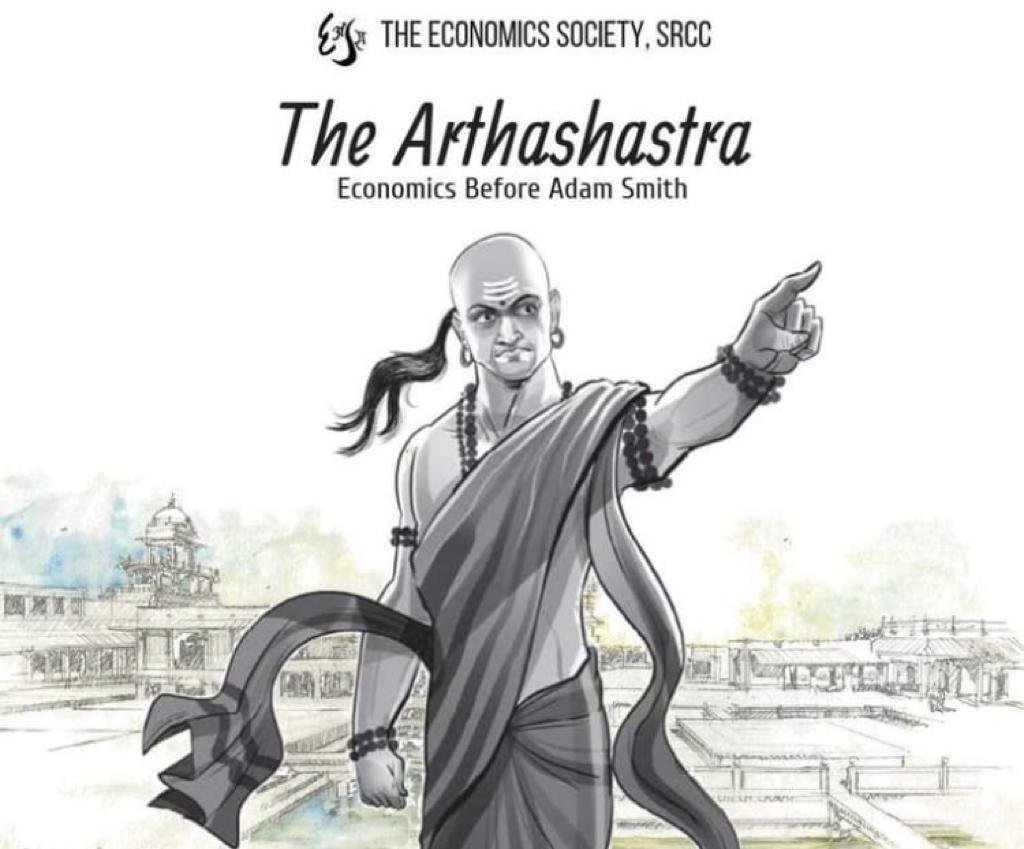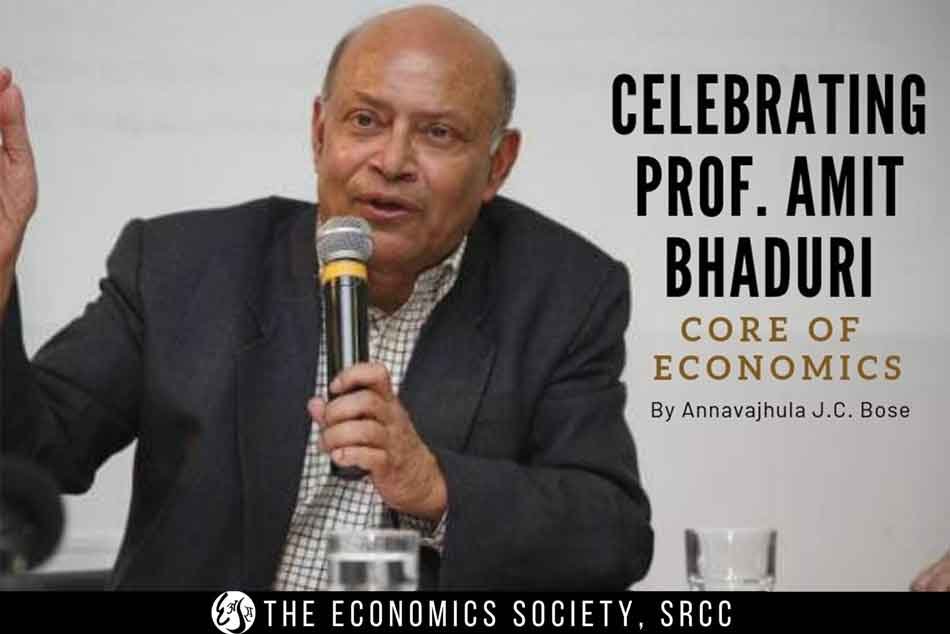
Will AI Oust Creatives?

For the most part, when people draw up lists of jobs that will be seized by AI, creative professions do not feature as items on those lists - in fact, they are more often pronounced as jobs that have the potential to outlive the AI revolution. However, with the development of programs like Imagen, Dall-E and Midjourney - the latter-most of which has been featured in The Atlantic and The Economist, thereby eliminating the need for artists - this belief has been thrown into question. In a world where an AI-authored novella almost won a literary prize1 and an AI-generated painting did, in fact, win at an Art Fair2, do creatives really have a chance against AI in the long run? Yes, but it’s not quite as simple as it seems at first sight.
AI, at this point, has proven itself more than capable of creativity on numerous occasions. In 2016, Google’s Magenta composed a 90-minute piano melody through a neural network that was provided with only four notes. That same year, IBM’s Watson created its first trailer for the film Morgan. Ever since, different AI programs with varying faculties have produced some remarkable works in fields such as music, art and literature - and they only seem to be getting better at it. In order to accomplish their impressive feats, AIs which are generative in nature need to first be fed with massive amounts of data, which they then have to analyze in order to produce mathematical systems. If these systems are tweaked in terms of parameters or vectors, they result in brand new creative things similar to those on which they are trained.
So, AI can undoubtedly create new things - but novelty is not the same as creativity, since unlike the former, the latter also takes into account the values a creative piece may signify to viewers, listeners or readers. Moreover, teaching computers to be creative is very different from the way humans learn to create - and how humans create is still a matter of debate.3 However, there is still plenty that is known about human creativity - for instance, the fact that it can be divided into two, as proposed by cognitive scientist Margaret Boden. Boden claims that truly transformational creativity occurs only five per cent of the time. In the remaining ninety-five per cent, artists and other creatives simply produce unfamiliar links between the pre-existing - a task which AI is more than capable of.
In her book, The Creative Mind: Myths and Mechanisms, she explains that creativity can occur in three different ways. The first involves making unfamiliar combinations of familiar things - something AI can do just as well as humans when trained on data. The other two types of creativity, especially the third, are distinct from the first in that they can transform the conceptual spaces in one’s mind - something which AI at the moment cannot achieve.4 A humanistic psychological approach to creativity, as proposed by Rollo May in his several books (in particular The Courage to Create) argues that a prerequisite for a truly pioneering, transforming creativity is the human capacity for spontaneity and transcendence - which, again, AI cannot recreate. But the Caravaggios are few and the Caravaggisti innumerable, so the security of even the most skilled creatives remains in question.
Asking an AI software to generate a custom-made painting is significantly more enticing than commissioning a talented human artist as AI can produce just as great results in not as much time, even if variations in price are not too significant (although they often are). For instance, on Artifly clients can purchase their custom art starting at twenty-nine dollars and not exceeding a few hundred - but their art will be delivered to them within minutes. Once customers share their tastes and preferences with an algorithm, the AI can create a brand new personalised artwork.5 AI can mass produce custom paintings in a way not even the most gifted artists can - and that is its great edge over artists - a very threatening edge indeed. Consider Nutella’s 2016 Unica campaign in Italy. In an attempt to “make each jar unique and expressive as the Italian people," the brand ‘hired’ an algorithm to design seven million unique graphics for its bottles.
These were sold out in Italian grocery stores within a month. It is not hard to imagine the whopping cost of hiring a team of graphic designers to create each one of these designs - not to forget the time that would have taken.6 Graphic design in particular is a field which stands most at risk in face of the impending AI revolution. A significant portion of commercial graphic designers work with clients who often already have an idea of what they want, and who need only a tool to help realise their vision.
Artists of the AI revolution can offer only their uniqueness and vision. When those, too, are not required, they are expendable. It is less time-consuming and more cost-effective to input tastes, preferences and guidelines into an AI software than it is to negotiate with a human. Whilst generative AI is by no means perfect at the moment, it clearly will improve in the coming years. As new softwares based on it will emerge, the price of generating art through AI will decrease and the possibilities will increase. This will replace a number of people engaged in creative professions as it will enable creative thinkers who happen to be less artistically gifted to forego the stepping stone of commissioning artists. However, the pioneers and thinkers truly behind the creation of the unprecedented - they will not be ousted by AI, since AI is not transformative - it cannot do anything that has not already been done before.
Yamini Bharadwaj
High School Student
References
1Olewitz, C. (2016, March 24). A Japanese A.I. program just wrote a short novel, and it almost won a literary prize. Digital Trends. https://www.digitaltrends.com/cool-tech/japanese-ai-writes-novel-passes-first-round-nationanl-literary-prize/
2 Kuta, S. (2022, September 6). Art Made With Artificial Intelligence Wins at State Fair. Smithsonian Magazine. https://www.smithsonianmag.com/smart-news/artificial-intelligence-art-wins-colorado-state-fair-180980703/
3 The quest for AI creativity. (n.d.). IBM Cognitive - What’s Next for AI. Retrieved from https://www.ibm.com/watson/advantage-reports/future-of-artificial-intelligence/ai-creativity.html
4 Boden, M. A. (2016, July 26). Creativity in a Nutshell. Interalia Magazine. https://www.interaliamag.org/articles/margaret-boden-creativity-in-a-nutshell/
5 Boden, M. A. (2016, July 26). Creativity in a Nutshell. Interalia Magazine. https://www.interaliamag.org/articles/margaret-boden-creativity-in-a-nutshell/
6 Aouf, R. S. (2022, October 12). Algorithm designs seven million different jars of Nutella. Dezeen. https://www.dezeen.com/2017/06/01/algorithm-seven-million-different-jars-nutella-packaging-design/


